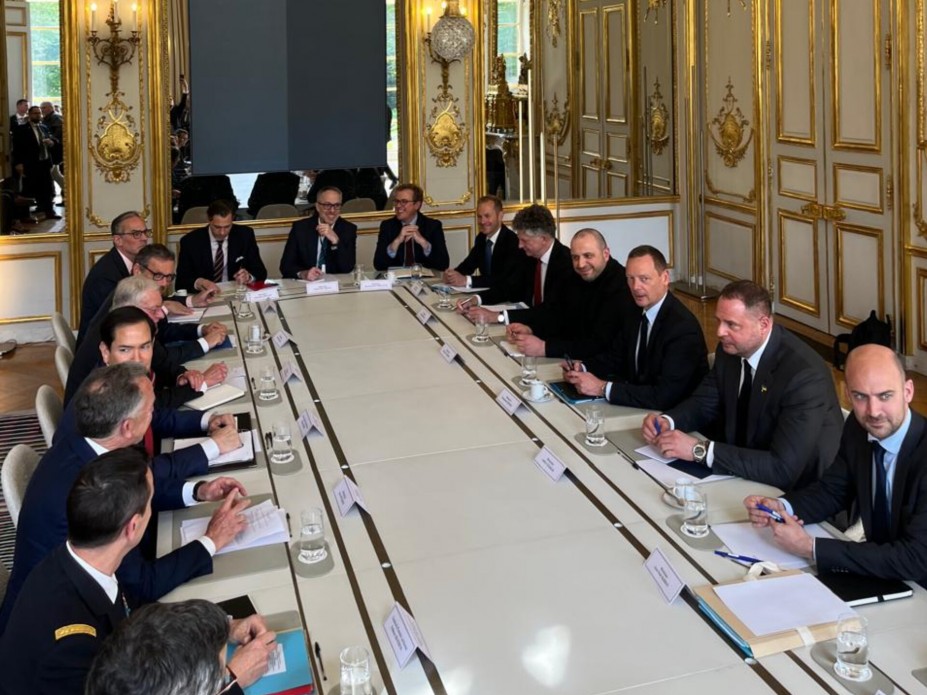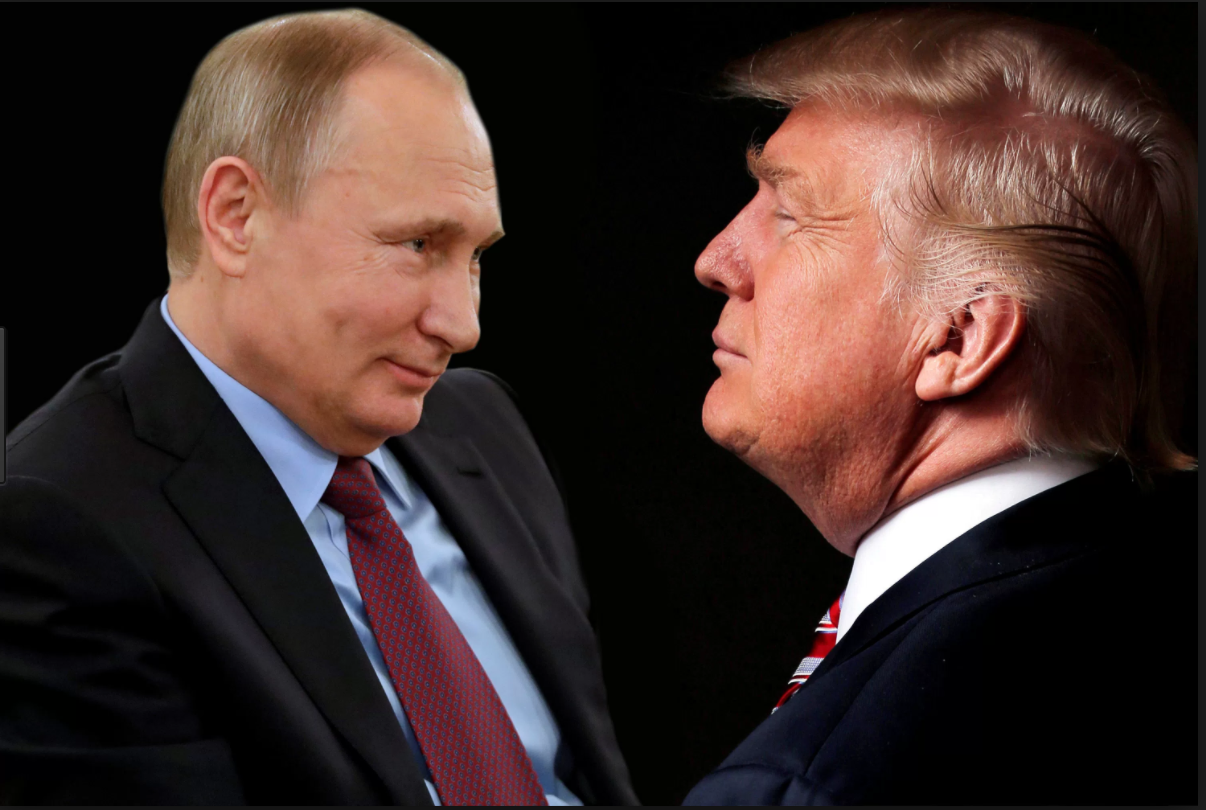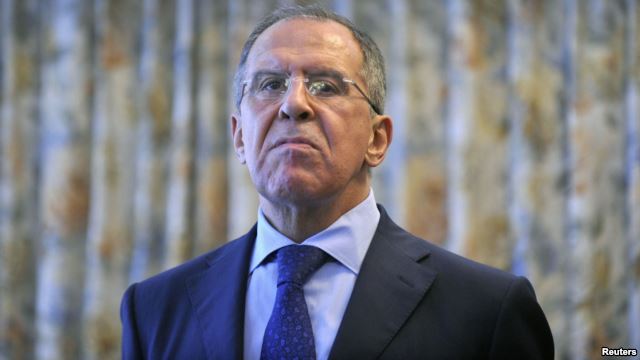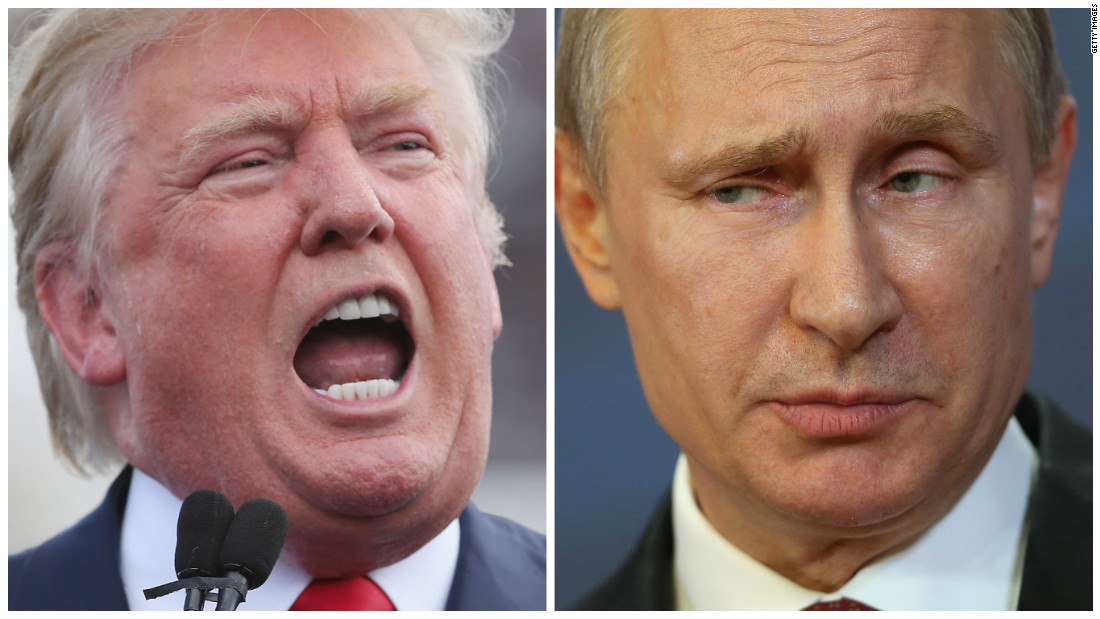The Trump administration presented a confidential plan to Ukraine outlining proposals to resolve the war with Russia, including recognition of Crimea as Russian territory and excluding Ukraine from NATO, the Wall Street Journal reports.
This comes as the US under Trump is conducting negotiations with both parties to end the Russo-Ukrainian war. However, Trump’s peace efforts have not brought any significant results so far, even though he claimed he could resolve the conflict within 24 hours of taking office.
President Trump expressed growing frustration with the stalled peace negotiations, indicating that the US might withdraw from its mediation efforts if no progress is achieved soon.
The document was delivered to Ukrainian officials during a meeting in Paris on 17 April and is expected to receive a formal response from Kyiv during upcoming trilateral talks with US and European officials in London this week. If alignment is reached, the proposals could then be passed on to Russia.
If the US were to recognize the annexation of Crimea formally, it would mark a reversal of more than a decade of bipartisan US policy.
In 2018, then-Secretary of State Mike Pompeo called the annexation a violation of “a bedrock international principle” regarding territorial sovereignty. Congress has also passed legislation opposing any recognition of Russia’s claim over Crimea.
According to WSJ, the US plan calls for a cease-fire along current front lines and suggests designating the area around the Russian-occupied Zaporizhzhia nuclear plant as a neutral zone under possible American oversight.
In a March call with Zelenskyy, Trump proposed the US acquisition of Ukrainian nuclear infrastructure, describing it as the “best protection” for those assets. The Zaporizhzhia facility could then potentially supply power to both Ukrainian-controlled and Russian-occupied areas. Zelenskyy clarified that the discussion focused solely on the Zaporizhzhia plant and did not entail transferring ownership of all Ukrainian nuclear facilities.
The US peace proposals, however, do not recognize Russia’s claimed annexation of four additional oblasts in eastern Ukraine, but also do not call for the withdrawal of Russian troops from those areas.
Kyiv consistently refused to acknowledge Russia’s territorial claims over Crimea and the eastern oblasts, including Donetsk, Luhansk, Zaporizhzhia, and Kherson, parts of which Russia annexed in 2022 but does not fully occupy.
The plan does not propose reducing Ukraine’s military forces or limiting the possibility of Western military support. It also does not oppose the deployment of European troops to Ukraine. These were the demands that Russia expressed towards Ukraine during negotiations with US representatives.
“Every sovereign nation on Earth has a right to defend itself,” Rubio said. “Ukraine will have a right to defend itself and to enter into whatever agreements it wants.”
A senior State Department official told WSJ that the US presented the proposals as “a list of potential options” rather than a definitive plan, emphasizing they were “for discussion and feedback.”
Secretary of State Marco Rubio indicated that the United States may halt diplomatic efforts if no significant progress is made in the coming weeks.
“We need to figure out here now, within a matter of days, whether this is doable in the short term,” Rubio said. “Because if it’s not, then I think we’re just going to move on.”
Security guarantees for Ukraine remain unresolved, and it is unclear whether the US would support European countries providing military backing as part of a post-settlement reassurance force.
Bloomberg previously reported that the US shared its plan with European allies in Paris, indicating that occupied territories would remain under Russian control and Ukraine would not join NATO. However, the full content of the proposals has only recently been disclosed.
In a follow-up report by the New York Post, Ukrainian Defense Minister Rustem Umerov was said to have told US officials that Kyiv supports 90% of the peace plan proposed by President Trump. This was later denied by the Ukrainian Ministry of Defense in a statement to Sky News, where the ministry clarified it does not make political decisions and therefore could not provide such an evaluation.
Meanwhile, Russian envoy Kirill Dmitriev engaged in talks with the US, advocating for the removal of US sanctions and the resumption of economic ties between Russia and the US.
On 11 April, Steve Witkoff, Trump's Special Envoy to the Middle East, met Russian President Vladimir Putin in St. Petersburg, where Dmitriev was also present, and proposed that the swiftest path to a ceasefire would involve the US supporting Russia's claim to four eastern Ukrainian oblasts.
Earlier, Ukraine expressed readiness to implement a 30-day full cease-fire if Russia reciprocates. However, the Kremlin has not agreed to this so far, only negotiating via the US a temporary ceasefire on energy infrastructure, which both sides claimed to have violated, and Putin's self-declared "Easter ceasefire," which Ukraine claimed Russian forces violated over 2,000 times.
Read also
-
Trump: Ukraine and Russia to make deal this week, start doing big business with US
-
Rubio acknowledges that Russians violates ceasefire and says that negotiations will not last forever
-
Russia demands four Ukrainian oblasts in US negotiations
-
Kremlin supporters celebrate Trump’s negotiations as Russia rejects full ceasefire and continues attacks





